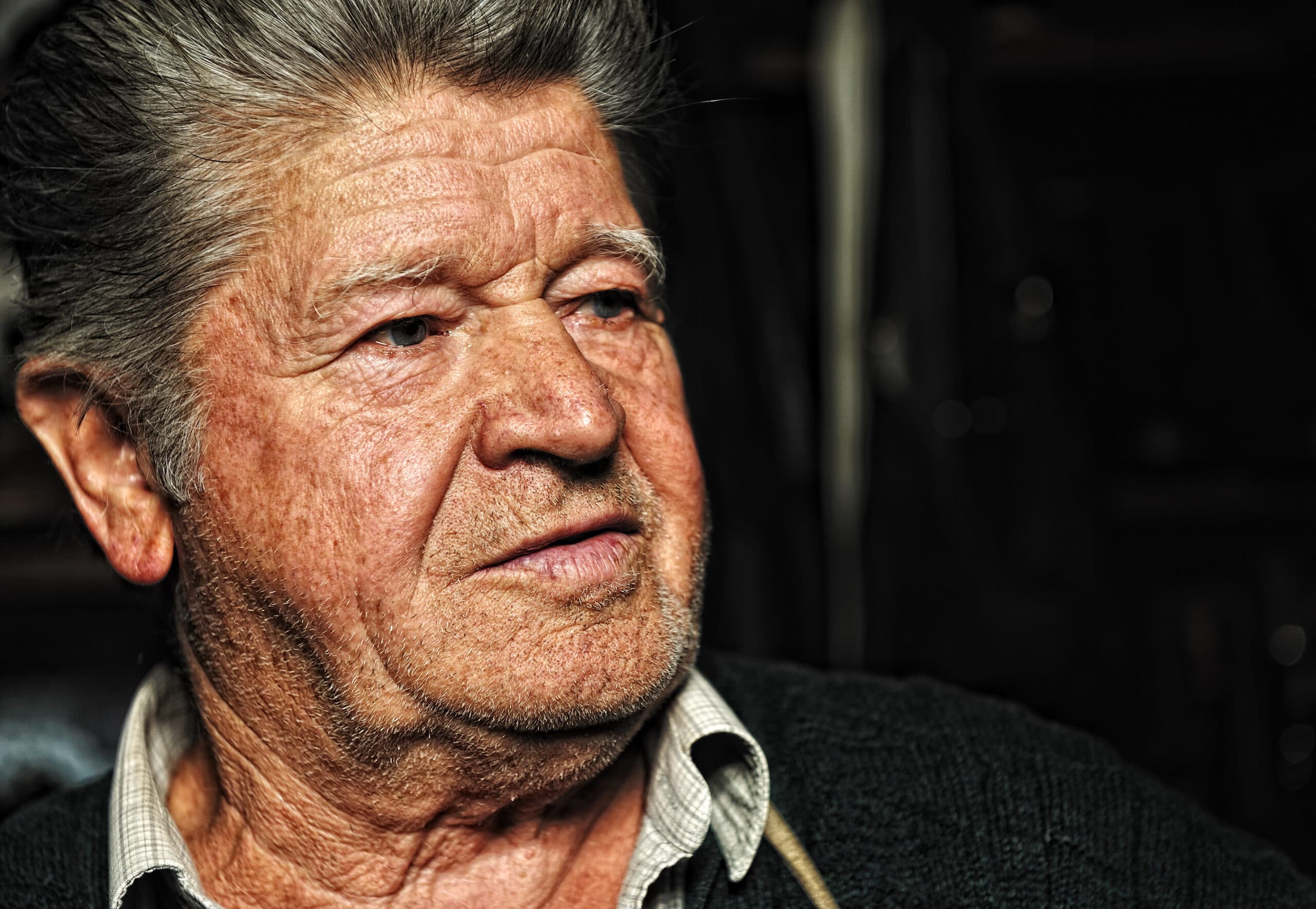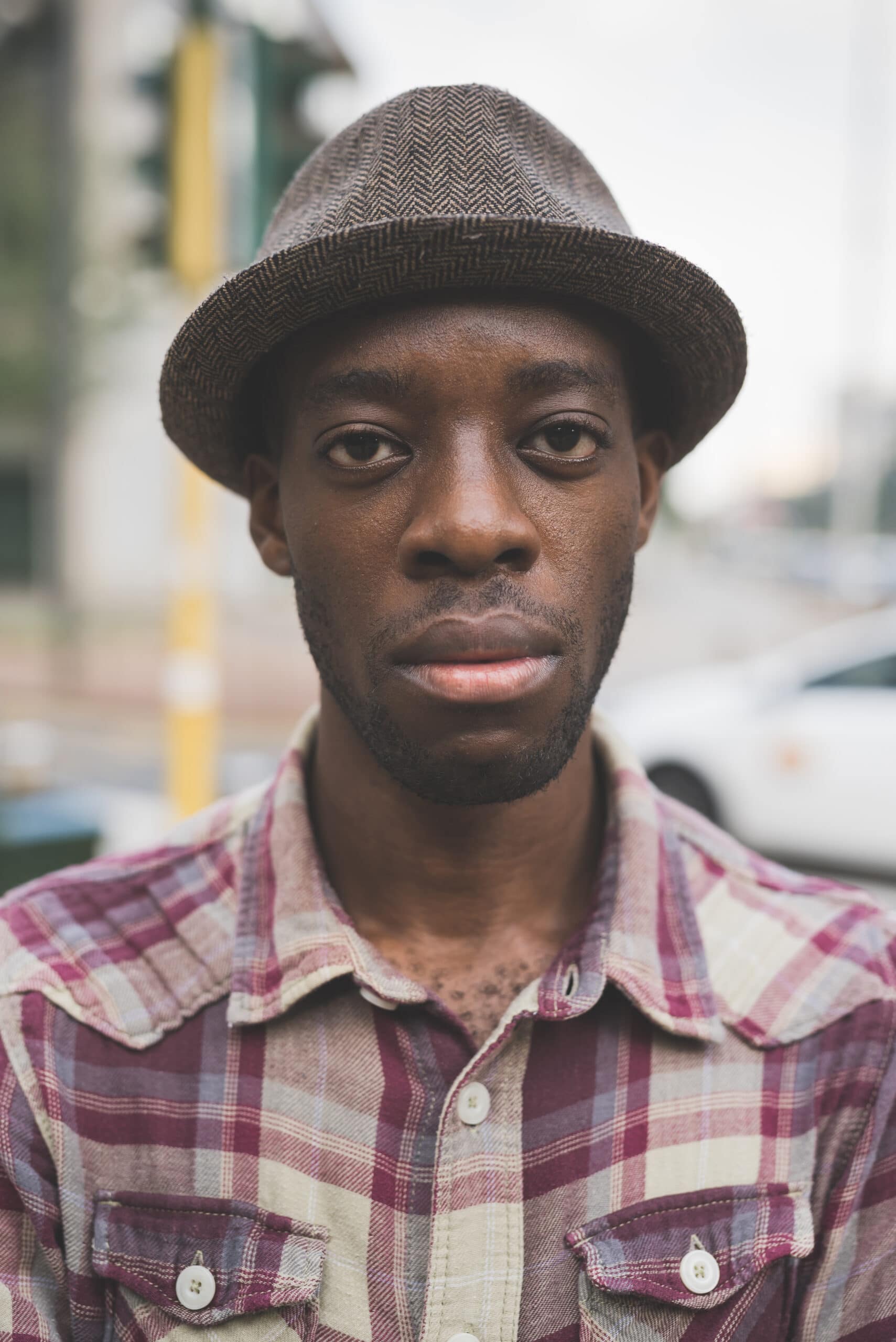Testimony definition: a witness account, typically given in a court of law or a public recounting of a religious conversion or experience. Also, evidence or proof provided by the existence or appearance of something.
This article is going to sound like a critique to some people and some traditions. It really isn’t. Any story of a person experiencing Jesus is a great thing and we want to see more of them. What we want to invite you to think about is a slightly different focus, purpose, and recipe for the way you tell Jesus stories some of the time.

Weighing a Testimony
Let’s focus on the court of law witness testimony because it tends to be cleanest. There are a few elements to consider when weighing the quality of a testimony.
- The clarity and precision of the witness’s description of the thing about which they’re testifying. Is the witness clear they saw the car run the red light?
- The credibility of the witness’s perspective. Was the witness in a location where they could clearly see the red light, and did they have some reason to note its color, as they might if they were in the crosswalk when the car ran the light, and they were only in the crosswalk because they had waited for the orange “don’t walk” sign to switch to the white “walk” sign?
- The credibility of the witness’s state of mind. Was the witness sober, attentively pushing the stroller of their sleeping baby (indicating a state of increased attentiveness) when they waited for the light to change and entered the crosswalk?
- The credibility of the witness’s agenda. Is there some reason why the witness would be likely to lie, as would have to be considered if the witness stood to make a lot of money if the driver accused of running the red light were found guilty?
- Agreement between the witness’s testimony and other evidence. Did other people see the same thing? Does physical evidence (as would exist if the car in question ran into another vehicle) line up with the testimony the witness is offering?
- The context in which the testimony is being offered. How is the jury predisposed to consider the traffic incident? How are they predisposed to view the witness? What narratives are both the prosecution and defense creating, and how do those narratives place additional burdens on the testimony being offered? The burden would be significantly higher in a courtroom than it was when the witness first arrived home and told the story to their family over dinner. The burden would also be higher if the incident resulted in someone’s death rather than a simple traffic violation.
Witness, Not Lawyer
In a courtroom, a person’s testimony is offered as a single data point among many. A piece of evidence weighed in context, offered as a sort of civic duty gift. The witness may be cross-examined and doubted, but they only need to say what they experienced. The witness is not responsible for the case, nor is their job to prescribe or convince anybody about what should happen next to someone else based on what they experienced. In fact, the nearer to that agenda a witness is, the weaker their credibility becomes. And rightly so. To that point, a coached witness (as opposed to a clear witness) is a weak witness.

Testing Religious Testimonies Against Courtroom Criteria
Let’s run a generic religious experience through the same sequence.
- Clarity and precision are really tough to muster. A believer is trying to describe something wholly other and so overwhelming as to be life-transforming.
- Who can have a credible perspective? On a God they’ve never known, living in whatever state and perspective they called normal before their experience?
- State of mind? Of a person whose world is marked by whatever “before picture” reality they knew, and who was ready to leave that world when they experienced something they can’t explain, replicate, or control – generally involving interaction with a feeling or invisible something?
- The agenda of a religious witness is dubious. As a responsible juror, at the very least it’s safe to assume the witness doesn’t want to seem or feel crazy and rejected. And that’s the best case. There’s a whole continuum from there: misguided kindness, bandwagon, fear, control, all the way to cultish devouring.
- Agreement with other witnesses and other evidence? One-third of the world may be Christian, by the most generous math, but that hoard is hardly unified. There are over 45,000 denominations fighting over details on the inside. And outside there are a thousand flavors of credible opposition from various scientific, social, and philosophical objectors. A core experience may thread through a vast percentage of humanity, but as soon as the conversation drifts even slightly away from that core, things tend to fall apart.
- Context and consequences. When a religious experience goes beyond witness testimony into comprehensive lifestyle prescriptions for the whole world, under threat of eternal punishment that the jury never even asked about, the burden placed on the testimony crushes it almost immediately.
When a witness testifies not as one offering personal evidence, but as a proxy prosecutor accusing the world of guilt based on their testimony and the coaching they receive after it, well, it’s not a great idea.
The Imperfect Traditional Testimony Recipe
The traditional testimony has challenges. Personalities, coaching, and experiences all add to the list above and drive religious testimonies into blunt, ineffective recipes. It sounds about like this: start with roughly 70 percent “stories of me before,” mix in two percent lightning, magic, and God fairy dust, and finish off with a litany of Christian life hacks and humblebrags. Be sure to focus on recruiting power, insider language, and the promise of belonging if a person agrees to adopt the language while they master the trivia of the tribe being represented. Serve heaped and steaming. Force feed if necessary.
Traditional Testimony Recipe:
70% really interesting stories of me “before,”
2% cryptic moments of God lightning and fairy dust,
28% favorite Christian life-hacks and humblebrags.
If you were wondering what part was going to sound like a critique, there you have it.
The Real Problem with Traditional Testimonies
The problem with the traditional testimony recipe is not that it’s like showing up to a gunfight with a pool noodle in terms of the strength and validity of the testimony in the courtroom sense. A weak shot in the right direction still counts and still works some of the time.
The problem is not that the traditional agenda tends to be more about recruiting to a tribe than making useful introductions to Jesus. Jesus has not divorced Himself from the Bride, and He shows up wherever He’s invited. So joining even a Bride in need of much counseling (surely some of the 45,000 denominations and over 37 million churches would fall into this category) still puts a person in nearer proximity to Jesus.
The problem is not even that when we make ourselves the star and fulcrum of a spiritual case, we trade away lordship in favor of idolatry. From fig leaves, to laws, to priests, to doctrine, to a thousand distractions and rationalizations, the history of humanity is the history of humanity putting anything we can find between ourselves and direct interaction with God. He has pursued us, and the world through us, despite our idolatry. Our well-intended confusion today is hardly going to derail Him.
The problem is we’re not clear who’s on trial, what authority is in place in the courtroom, and what the verdict will mean.
The One on Trial is Jesus
Jesus is on trial. Same in our world now as before Pilot, or on the Cross.
The authority in the courtroom is a usurped and wicked power that seeks to rob, kill, and destroy. It remains in the judge’s seat because the agenda of Heaven is to release people held in captivity by the lies of the courtroom’s power. Picture the old analogy of the two-year-old with a razor blade in their fist. The worst option is to wrest the hand open because the child will resist and squeeze down. The better option is to offer a more compelling alternative – a cookie or a toy, for example.





Jesus is on trial before a wicked and manipulative authority, but the real issue is the jury. He is tried by a jury of one person at a time, seven billion times around the world. People accuse Him of being a lie and a liar, a toothless lion. When jurors find Jesus guilty, they send Him away. In doing so, they damn themselves to the future the accuser will bring them.
We must let Jesus be the one who stands trial.
Do Not Rescue Jesus from His Cross
We must let Jesus be the one who stands trial. Specifically, we must leave Him hanging on the Cross. This is the setting where we offer our most compelling testimonies – at His blood-dripping feet, unable to look away from Him, offering Him thanks for all He has done and continues to do. We do not need to shift our focus away from Jesus to speak about Him to the jurors. Better to speak to Him. We thank Him for all the ways He loves and pursues us, and let the jury see us. In that, we offer our evidence. He loves the juror, too, and what we experience is what He extends to them as well. As we thank Him in His trial, we trust the juror will see the love and the truth.
We are not Jesus’s attorneys. The case is not ours to carry, to fight, or to win or lose. It is our role to show up, thank Him with our stories, and let the trial continue.
A Better Recipe for Witnesses of Jesus
The better testimony recipe is simple:
- Look at Jesus.
- Thank Him for everything He does. “Jesus, thank you for…” is a pretty decent way to shift our focus and our story to Him. We do not need to address the doubting jury and the accusing authority. We will never justify Jesus better than He can.
- Testify every day, everywhere. His mercies and His kindnesses toward us are constant and new. We will never run out of things to thank Him for.
This is our best evidence. Our best contribution to the work of Jesus on trial. The most compelling reason to believe us. That we see Him, thank Him, and continue to do so. We lift Him up, on the Cross, and we let the juror see us as the juror sees Him. He will draw all people to Himself.